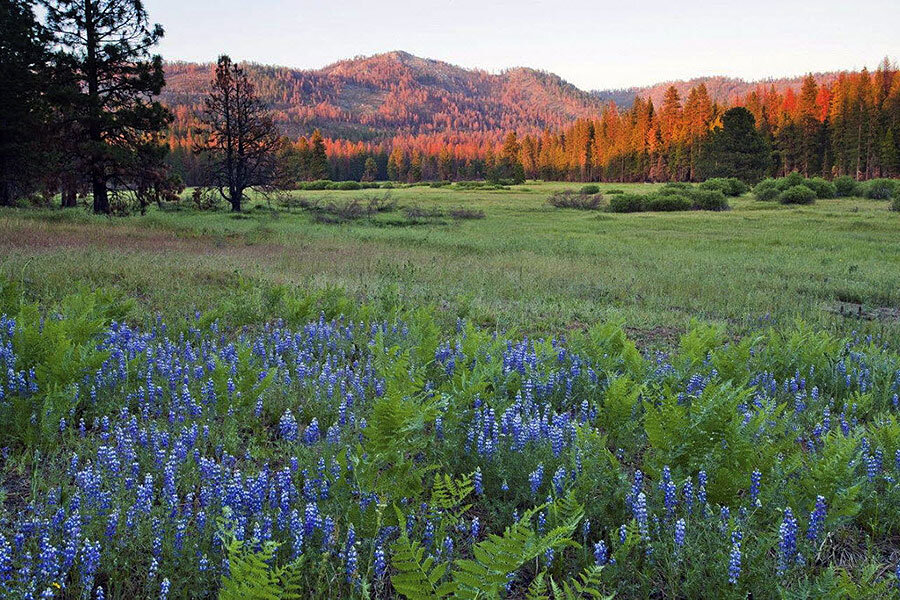Yosemite National Park grows by largest amount in decades
Loading...
Yosemite National Park officials announced this week that the park is growing, after a land donation swelled Yosemite's acreage by the largest extent in decades.
The donation from a private land trust adds 400 acres of meadow land to the roughly 768,000 acre park, an acquisition that thrills park officials, but leaves some local private interests cold.
"It's a big open meadow surrounded by forest land. We're very excited," said park spokeswoman Jamie Richards. "This pristine meadow is going to provide a habitat for a number of protected species."
Ackerson Meadow's former owners, Robin and Nancy Wainwright, chose to sell the meadow to a land trust earlier this year, taking a small financial loss. The Trust for Public Land, a nonprofit conservation group, then purchased the property for $2.3 million, and donated it to Yosemite.
"To have that accessible by everyone to me is just a great thing," said Mr. Wainwright, who could have more lucratively developed on the land instead. "It was worth losing a little bit of money for that."
Park officials are particularly excited about the rare species that the meadow will host, including two endangered species of owls.
"Donating the largest addition since 1949 to one of the world's most famous parks is a great way to celebrate the 100th birthday of our National Park Service – and honor John Muir's original vision for the park," said Will Rogers, the president of the Trust for Public Land, referring to the legendary naturalist who helped push for the Yosemite's creation in the late 19th century.
Previously, the land had been used by cattle farmers and loggers. Some locals are less enthusiastic about the land's new use, saying the meadow's sale could hurt private businesses.
"I fear we'll lose the value of that meadow," Sean Crook, the president of the local Tuolumne County Farm Bureau, told the Associated Press. Logging and cattle-grazing are being squeezed out of business in the area, he said.
The national parks, however, are more popular than ever. Yosemite received a record 4.3 million visitors in 2015, the park's 125th birthday, and officials expect to see even more guests this year: Yosemite's 2016 attendance is predicted to top 4.5 million visitors. President Obama and his family are already included, after their visit on Father's Day weekend, one of many summer trips he has taken to raise awareness for conservation, and the National Park Service's centennial anniversary.
Mr. Obama appears eager to close out his final year in office by cementing an environmentalist legacy that rivals that of the original presidential environmentalist, Theodore Roosevelt.
In terms of land and sea conserved, in fact, Obama has far outstripped President Roosevelt, with 548 million acres conserved during his administration, compared to Mr. Roosevelt's 230 million. A trip to the Yosemite Valley with environmentalist John Muir persuaded Roosevelt to preserve the valley as part of Yosemite National Park.
Yet with more visitors come more problems. Park officials have had to contend with greater environmental damage, higher instances of crime, and more vehicle accidents as park attendance rises.
Still, conservationists and national park lovers say it is worth it.
"Our world expands with the vistas before us," writer Terry Tempest Williams told The Christian Science Monitor earlier this year. "Our national parks are places of pause – an ongoing prayer of hope for our better future."
This report includes material from Reuters and the Associated Press.








